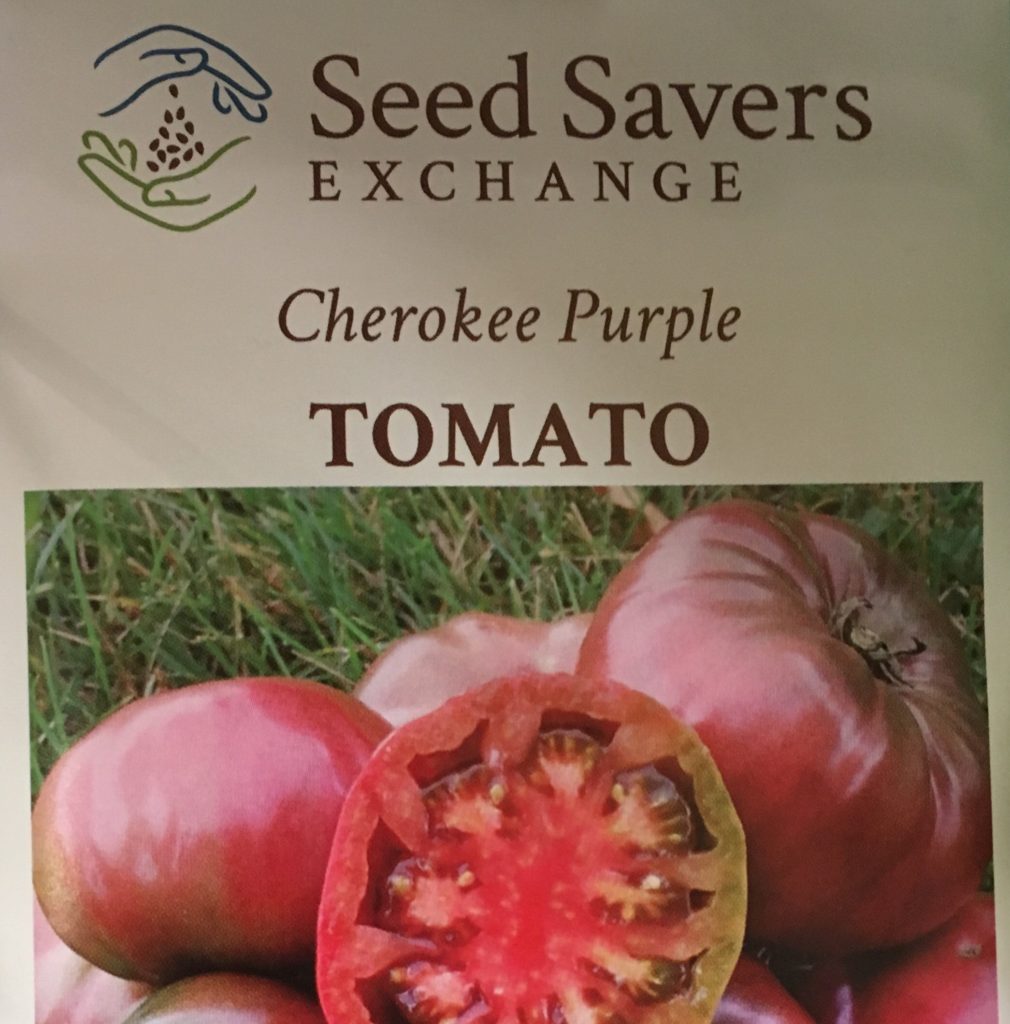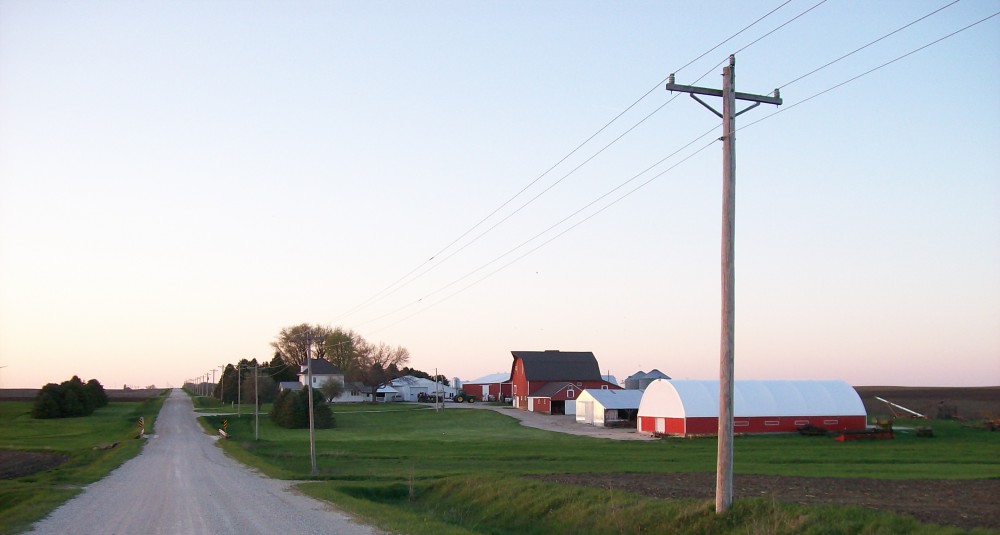Food is an act of revolution.
Today food gives us energy and strength to do everyday tasks and can help us perform extraordinary tasks. So, try to imagine just how important food was for the many Africans and African descent people trapped in slavery. It was vital at all times to have some sort of nutrition to power through even the most of mundane of activities which, sometimes, would have been challenging tasks for them.
Imagine the underground railroad. You would need courage to take on the outstanding journey of gaining freedom. It here where nutrition found in food could offer the best support in helping those travelling get the courage they need to travel.
In an article titled, “How Plants Were Used to Gain Freedom on the Underground Railroad” from The Allegheny Front, author Kara Holsopple discusses the importance of food and plants and how they helped slaves achieve freedom.
After reading this article I wondered where these kinds of stories were in regards to heirloom seeds. We visited a seed collection agency that focuses on collection, preservation, and exchange of all types of plants. While visiting the campus of agency we learned a lot about the types of preservation processes that happen in their labs and in the fields and we also learned the importance of storytelling and all the narratives that come with the seeds they receive. It was cute hearing the stories of accidental beans being created due to pollination that naturally happens or the family ties deeply rooted in the plants and vegetables, but I felt a lack of empowerment and was a little disappointing in the lack dimensions involved in the storytelling we heard. Now I have no doubt that there are truly moving stories in the seeds, and it’s those stories that should be consumed fervently.

I think it should be the role of a seed historian, the title of the employee who puts the stories and the seeds together, to find the stories of the seeds and the plants that traveled the underground railroad or fed indigenous communities. One plant that the Holsopple article mentions is a type of lettuce that was brewed and used as a type coffee for a boost of energy and as a way to control the menses of women travelling to freedom. These are the kind of stories in farming and agriculture that we don’t hear. I can’t imagine the migration of vegetables of fruit that moved with slaves.
This kind of documentation not only becomes another facet of history, but a sense of identity. African Americans and African descent people in other nations within the Americas don’t have the privilege of tracing their ancestry back seven and eight generations like many white Americans. Black ancestry has been violently cut off due to the history of slavery in the Americas. The kinds of heritage that seeds have the ability of holding and carrying can be truly powerful and could give Black Americans a sense of identity they may not have had access to before.
